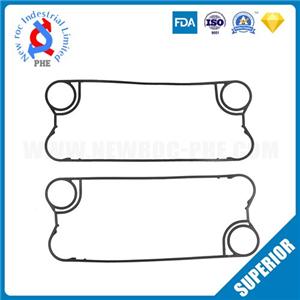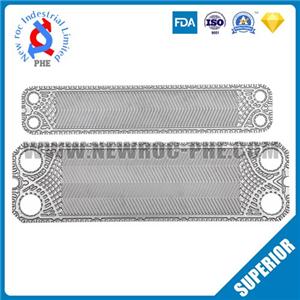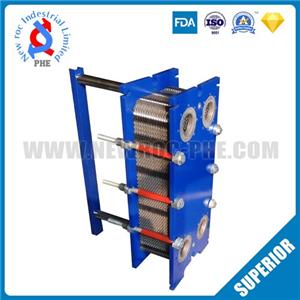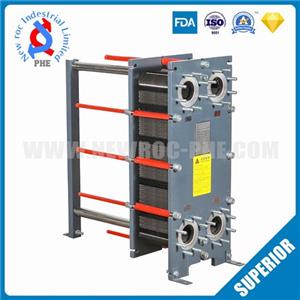熱交換器プレートの品質技術要件
Plate heat exchanger is an energy-saving device that realizes heat transfer between materials at two or two different temperatures. It transfers heat from a fluid with a higher temperature to a fluid with a lower temperature, so that the fluid temperature can reach The indicators specified in the process can meet the needs of process conditions and are also one of the main equipment for improving energy efficiency. So what are the technical requirements for the plate quality of the plate heat exchanger?
1. For heat exchanger plates used in the food industry, the roughness of the working surface after stamping should not be lower than that of the original plate.
2. The corrugation depth deviation of the heat exchanger plates should not be greater than 0.20mm, and the depth deviation of the heat exchanger gasket groove should not be greater than 0.20mm.
3. The surface of the heat exchanger plate is not allowed to exceed the thickness tolerance of pits, scratches, indentations and other defects, and the punching burrs are clean.
4. The parallelism of the base plane in any direction of the heat exchanger plates is not more than 3/1000mm.
5. The forming and thinning of heat exchanger plates should not be more than 30% of the original actual plate thickness.
The thickness of the heat exchanger plates is about 0.6-0.8mm. During installation, the heat exchanger plates are rotated 180 degrees alternately for stacking installation. Place the compression bolts one by one in the groove and tighten them evenly and symmetrically. Pay attention to prevent the heat transfer fins from being crushed), reduce the size of the heat exchanger plate package to the original size, if you have the phenomenon of heat exchanger plate misalignment, you can see how to solve the plate misalignment in this article.




